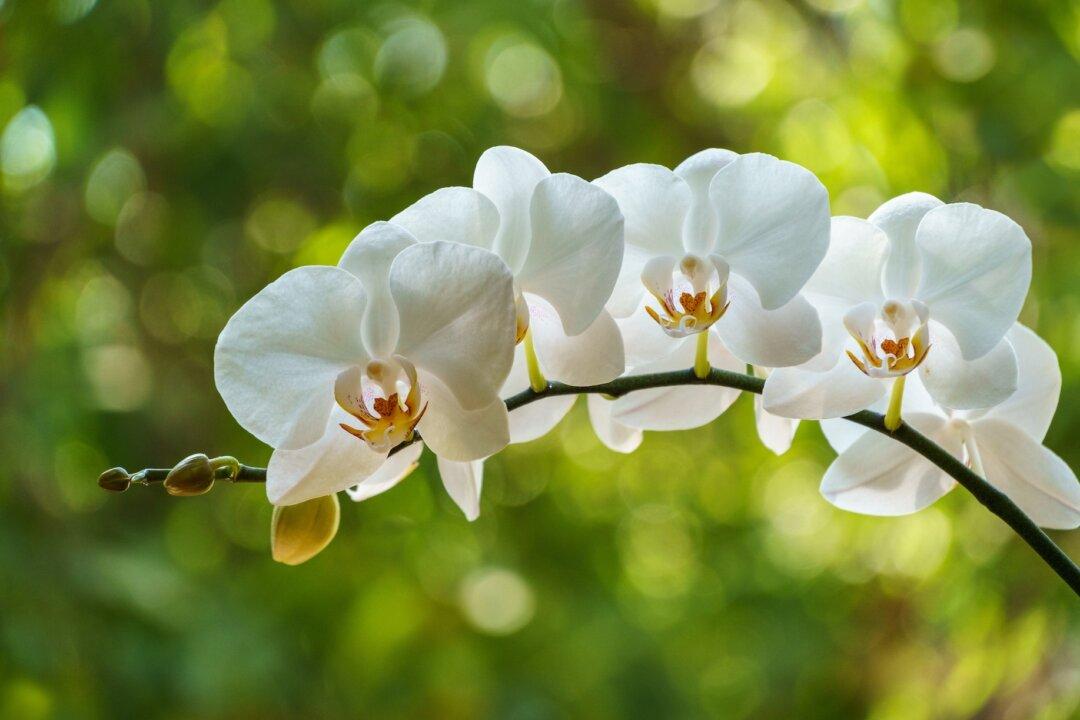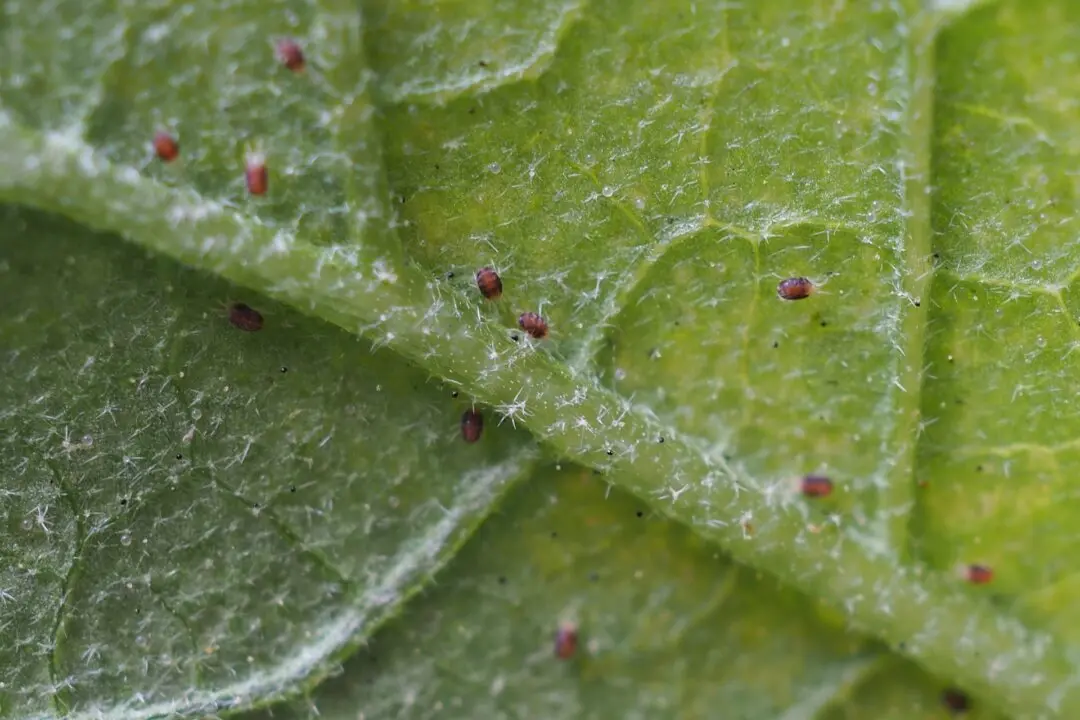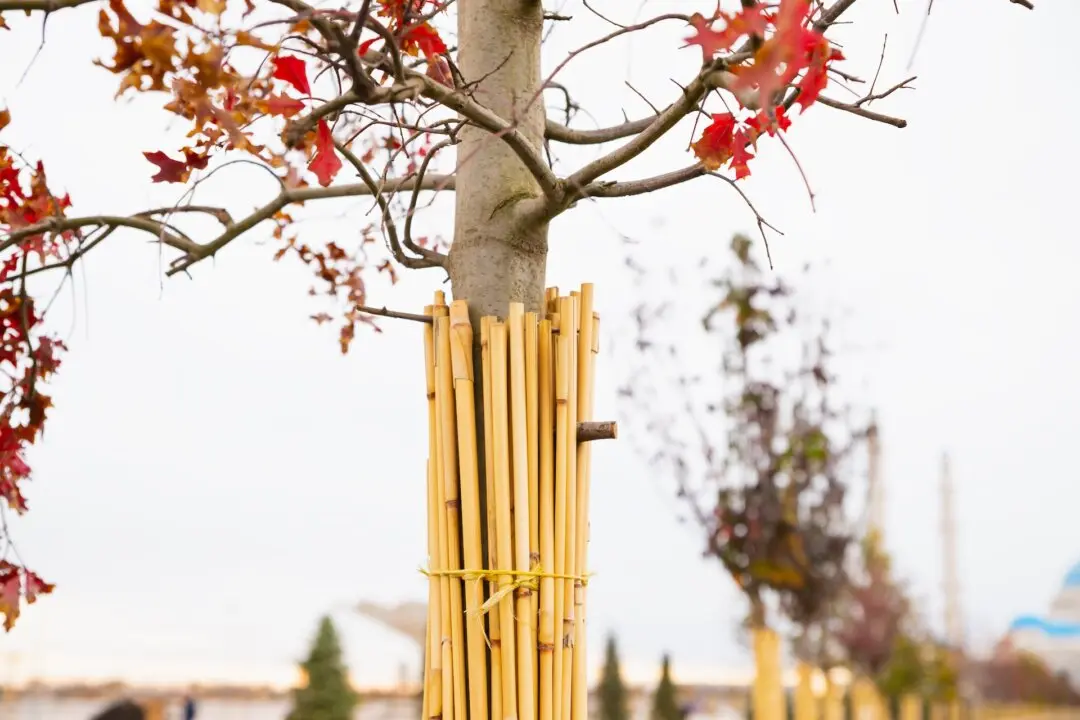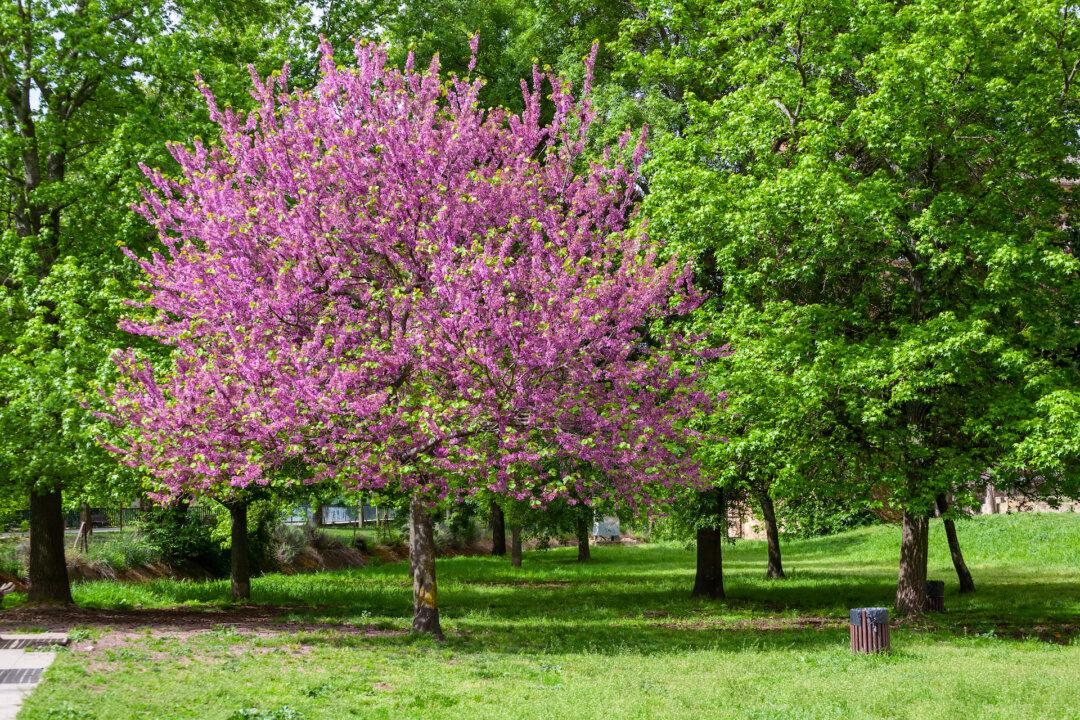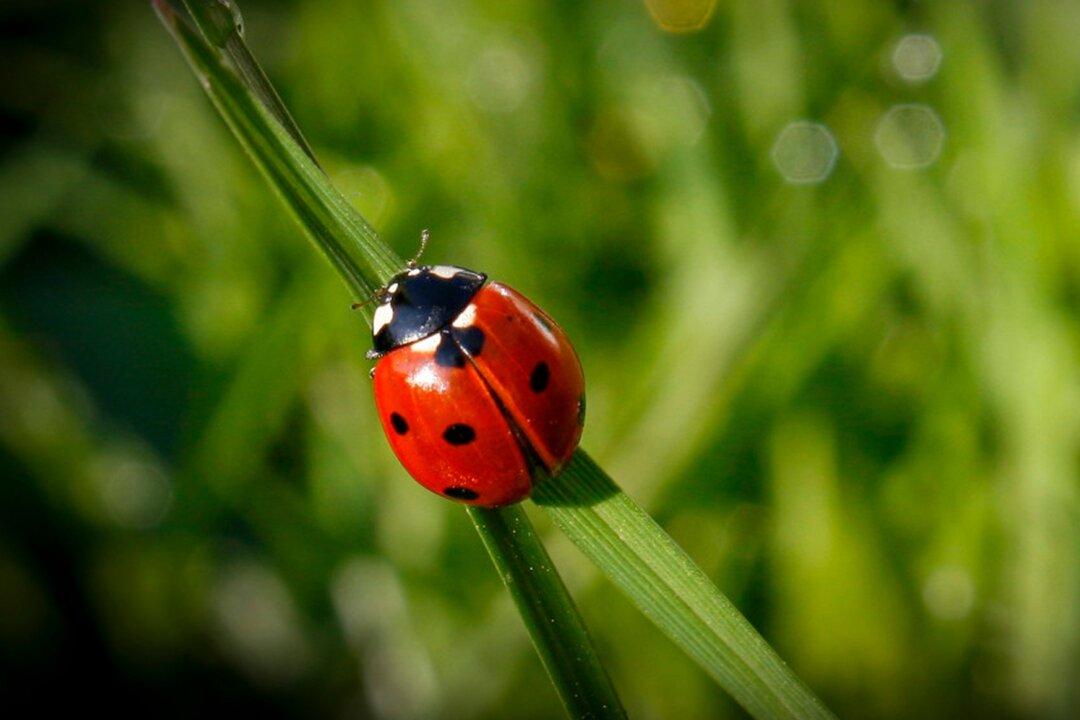Q: I received a Phalaenopsis orchid as a present last fall, and it is still blooming. I have never tried growing an orchid even though I do have some other houseplants. I am wondering what I should do with it this summer when it is warmer outside. Are there other orchids that grow in similar situations that also bloom for a long time?
A: Yes, there are other orchids that grow in conditions similar to those for the common Phalaenopsis orchid that we see in grocery and hardware stores. Phals, as we commonly call them, are the gateway drug into orchid growing. Let me list the best conditions for the phals and then the deviations for some other common orchids that are grown as houseplants. If I don’t mention a change, then it grows the same as the phals.
